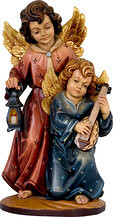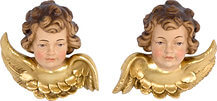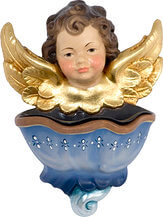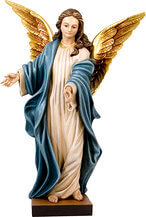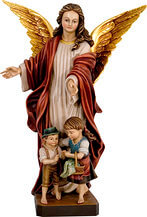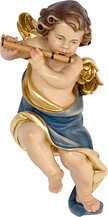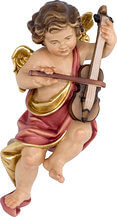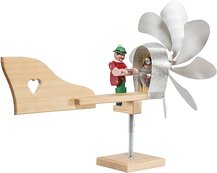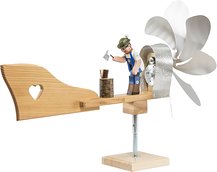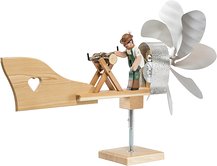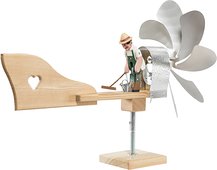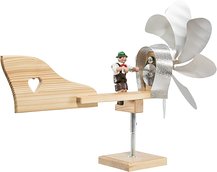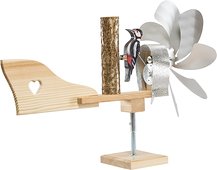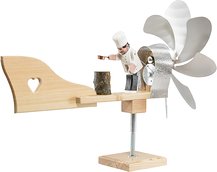For Christians in particular, Christmas is a very special holiday that is celebrated with the whole family. A Christmas goose is served, presents lie under the festively decorated tree, the nativity scene is brightly lit and the family sings contemplative Christmas carols together. But why do we celebrate Christmas at all and what are the different Christmas traditions all about? In this article, we explain the meaning of Christmas.
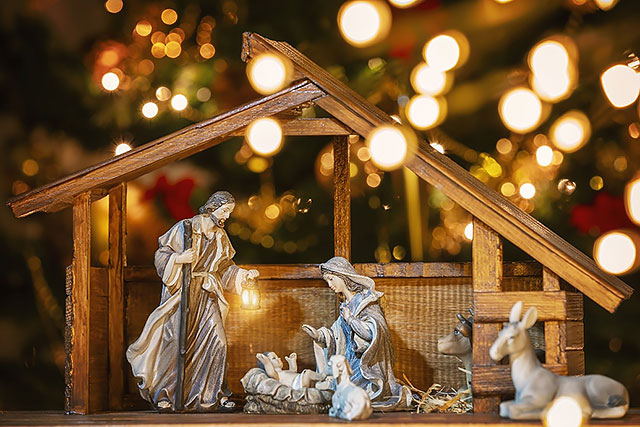
Table of contents
The origin and meaning of the holiday
Christians believe that Jesus Christ came to earth over 2,000 years ago as the Son of God and Saviour of mankind. At Christmas, the Church celebrates the birth of Jesus. In early Christianity, however, Christmas was not nearly as important as Easter - the resurrection of Jesus was the central event of the Christian faith.
In Germany and other countries, Christians and non-Christians celebrate Christmas Eve on 24 December, which is traditionally the day when presents are given. In some countries, however, the presents are not given until the morning of 25 December. Together with Easter and Pentecost, Christmas is one of the three Christian feasts in the church year.
The first evidence of the celebration of Christmas dates back to a Christian Christmas celebration on 25 December in Rome in 336 AD.
Nevertheless, the celebration of Christmas is older than Christianity. On the day we celebrate the birth of the Son of God today, the nature-loving Germanic tribes in northern Germany and Scandinavia celebrated their midwinter festival, also called Yule.
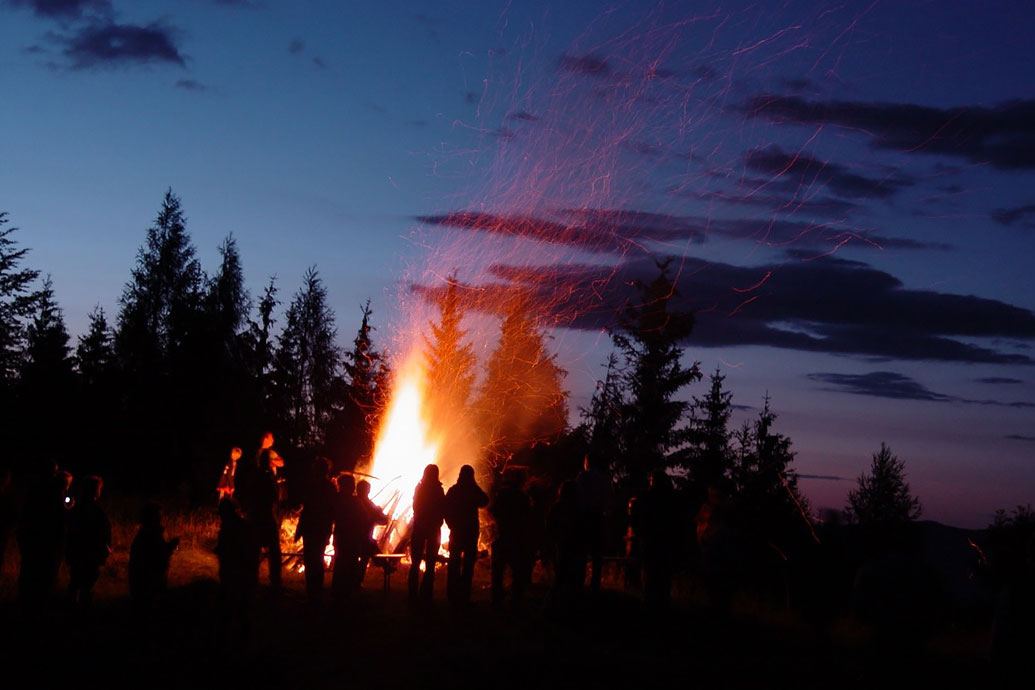
Yule is one of the highest festivals of the Germanic calendar at the time of the winter solstice, the longest night of the year. The twelve nights of the Raunächte that followed were intended to bring the calendars, which were based on the sun and the moon, back into harmony with each other. Other cultures also celebrated sacred festivals on 25 December: the Romans celebrated their solemn Saturnalia in honour of the god Saturn, and the Egyptians celebrated their cult of Isis on this day.
Since the celebration of these pagan cults was a thorn in the side of the Church, the Council of Constantinople (381 AD) set 25 December as the date for the Christian celebration of Christmas in order to eliminate these popular customs. The beliefs of the Germanic peoples were reinterpreted: the focus of the festival was no longer the sun, but rather Jesus Christ as the conqueror of the sinister powers of darkness, as the "Sun of Righteousness" (Mal 3:20).
In the 5th and 6th centuries, Christmas spread to Germania through missionary work and was celebrated as a four-day festival from 831. But the true origins of "Christmas" can still be found in numerous European languages today. In Swedish, for example, Christmas is now called "Jul" or "Jol".
Incidentally, the word "Christmas" comes from the Middle High German "ze den wihen nahten", which means "to the holy nights" and is first mentioned by the song poet Spervogel.
The Christmas festival cycle begins with the four-week period of preparation for Christmas (Advent) and ends with the feast of the Baptism of the Lord on the first Sunday after Epiphany. The Greek Orthodox Church does not celebrate the birth of Christ until 6 January.
Christmas customs and their interpretation
What would Christmas be without its many customs - from the Advent wreath to the Christmas tree? But how did these traditions come about? A brief overview:
Advent wreath
A wreath of fir greenery with four candles: according to pagan traditions, the Advent wreath is supposed to symbolise the cycle of the year and the rebirth of the sun. The custom probably originated from the making of wreaths in memory of ancestors. According to another interpretation, the Advent wreath is an expression of the rising expectation of the birth of Jesus, who is called the "light of the world", and whose origins date back to the 19th century. The first "Advent wreath" by Johann Hinrich Wichern was a wagon wheel with many lights designed to make it easier for the children of an orphanage to wait for Christmas.
Gift giving
Until the Reformation, there were no presents in Germany in the modern sense. There was no Christmas tree either; Christmas was celebrated in church. At that time, children only received presents on Saint Nicholas Day. The fact that we give each other presents at Christmas today goes back to Martin Luther. He introduced the Christ Child as the bearer of gifts - as the Protestant counterpart to Saint Nicholas.
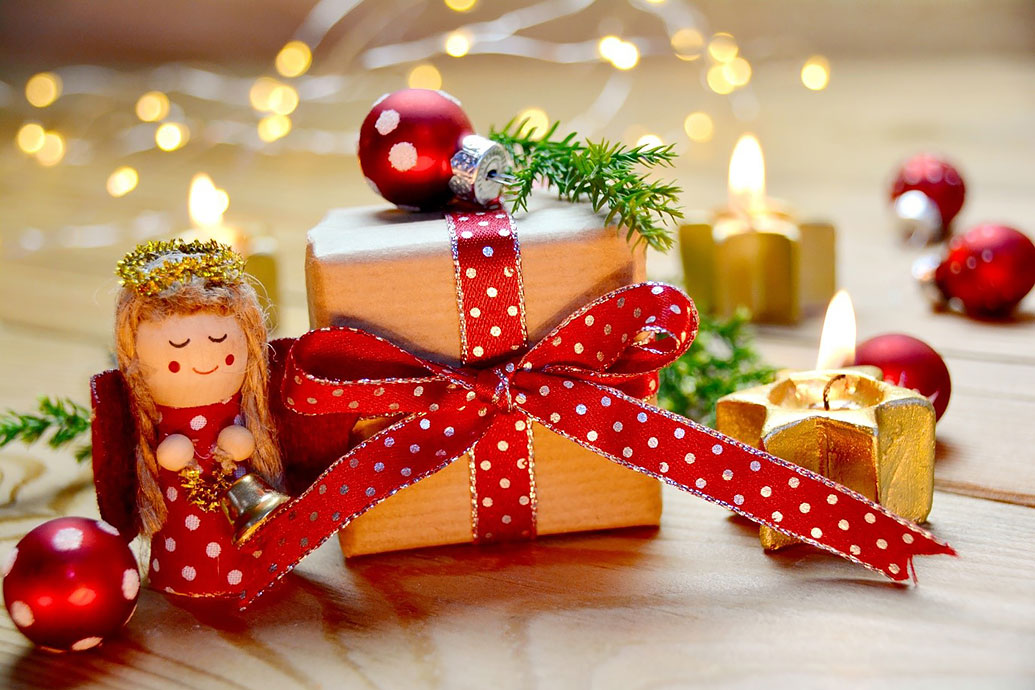
Christmas tree
The custom of placing a fir tree in one's living room for Christmas is still a relatively young tradition. It dates back to the 15th and 16th centuries when Christmas trees were put up and decorated in public places. The trees were not placed in the private homes of wealthy people until later. Christmas trees were a luxury item in Europe at that time. Consequently, everyday people took twigs or fallen greenery to decorate their homes for Christmas. The decorated Christmas tree is also reminiscent of old fertility symbols in the context of the Germanic Yule.
Find out more about the Christmas tree and why we put one up in the following article: Why & How We Put Up a Christmas Tree - History & Tips.
Nativity scene
The beautiful custom of setting up the nativity scene is closely linked to Saint Francis of Assisi. In 1223, he re-enacted the Christmas story using a manger in a forest with live animals and people. In the 16th century, nativity scenes began to appear in Catholic churches - the first written record of an erected nativity scene dates from 1615. In the 17th century, mountain farmers in South Tyrol's Val Gardena carved wooden nativity scenes featuring the Holy Family, wooden figures and manger stalls. Little by little, nativity scenes also found their way into private households. Read more about the history of the nativity scene in the article: History of the Nativity Scene.
Christmas colours
Christmas decorations can now be found in all imaginable colours and shapes. But the colours green, red and white in particular have a special connection to Christmas and thus to the birth of Jesus.
Red & white: In Christianity, the colour red stands for the suffering and blood that Jesus shed on the cross; white symbolises innocence and purity. For example, the famous Moravian Star, which shines its warm light in windows and public places during the Christmas season, is also red and white.
Green: The colour green stands for nature, hope and fertility. Evergreen plants symbolised the hope of an end to the harsh winter months even before the spread of Christianity in Europe.
Personal and sustainable gift ideas
Do you ask yourself year after year what you can give your loved ones for Christmas? If you don't want to give books or electronic devices as a gift, but rather a valuable and personal present, draw inspiration from our very special Christmas gift ideas made of wood below. These woodcarvings come from family businesses in Val Gardena, which is world-famous for its carving art.
- Nativity scenes & figures: In our online shop, we offer beautiful nativity scenes and nativity figures in various styles and types of wood. With a nativity scene, you can recreate the Christmas events surrounding the birth of the Saviour within your own four walls for both young and old.
Nativity set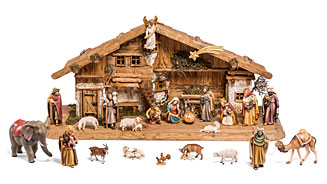 | Nativity figures set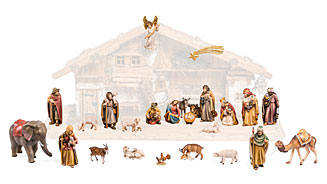 | Nativity stables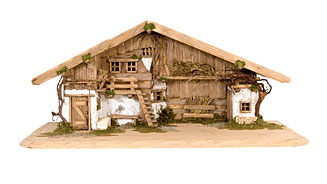 | Holy family statue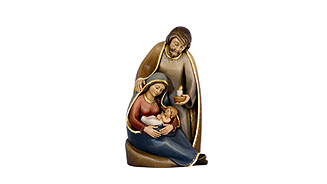 |
- Wooden figures: Carved wooden figures not only add another work of art to any private collection, but they also make the perfect gift. In our shop, we offer religious and secular wooden figures that will enhance any home.
- Angel figurines: In keeping with the Christmas story in which an angel appears to the shepherds, angel figurines are also suitable as a personal gift - whether as a Christmas angel or a scented angel. Angels are symbols for the protection of people.
More posts
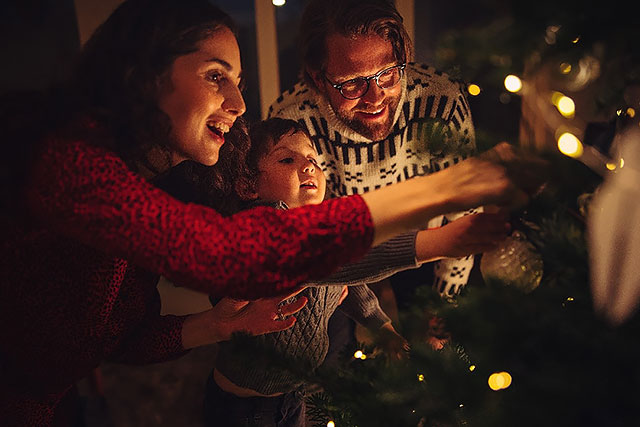
Christmas Eve: Why do we celebrate it?
According to its original meaning, Christians gather on Christmas Eve to celebrate the birth of Jesus. Non-Christian people also celebrate this day as a family holiday with presents. Learn more about the history and meaning of the day as well as traditional Christmas Eve dishes in this article.
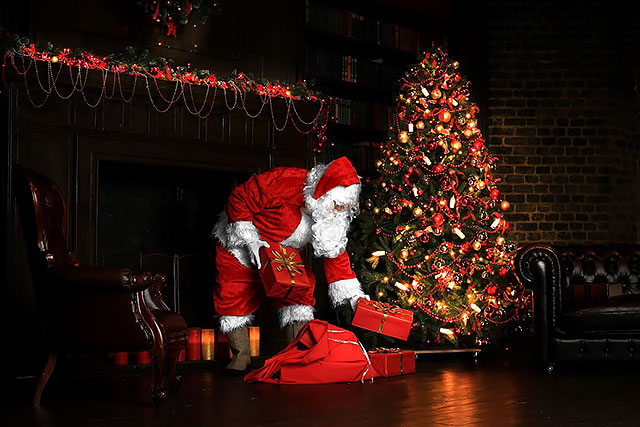
Father Christmas: Who is he really?
As Christmas season approaches, children big and small begin to wait patiently for Father Christmas to arrive. But where does the symbolic figure of Father Christmas come from? And what does he look like in other countries? We give you the answers to these and many other questions in this article.
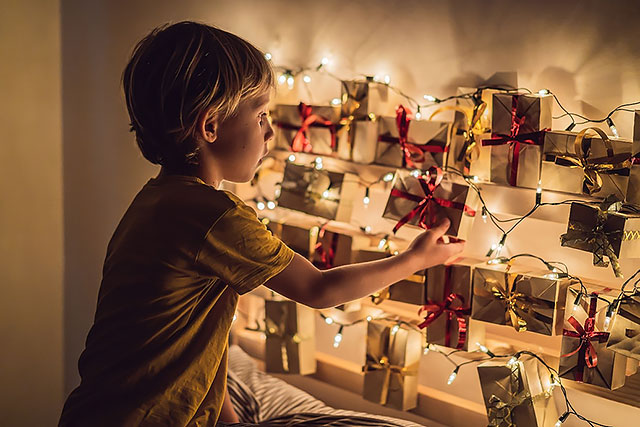
Advent Calendar: History & Meaning
For most people, it is impossible to imagine the pre-Christmas season without it. But where does the tradition of opening a little door each day actually come from? How long have Advent calendars been around and how have they changed over time?

